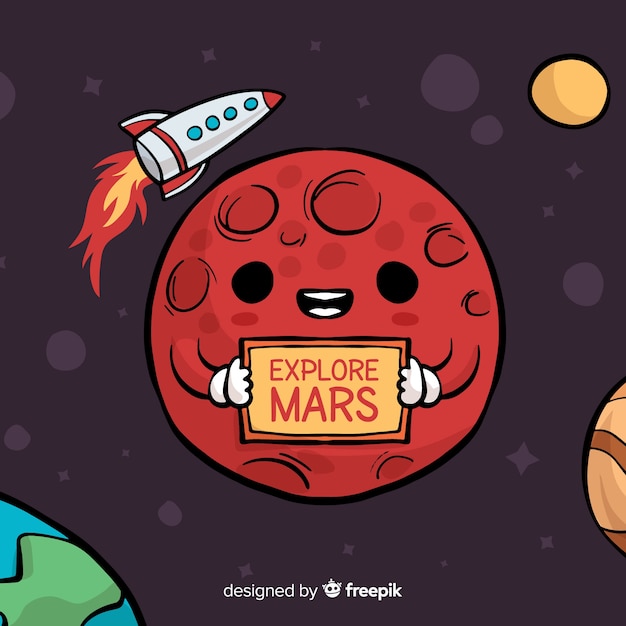Unveiling the Fascinating World of Mercury – Fun Facts and Discoveries

Mercury is the closest planet to the Sun in our solar system.
Mercury has a surface temperature that can reach up to a scorching 800 degrees Fahrenheit.
Despite its proximity to the Sun, Mercury is not the hottest planet in our solar system (Venus holds that record).
The planet Mercury is named after the Roman messenger god.
Mercury has no moons or natural satellites.
A day on Mercury lasts approximately 59 Earth days.
Mercury is the smallest planet in the solar system.
The surface of Mercury is heavily cratered, resembling the Moon.
Despite its tiny size, Mercury is still larger than Earth’s Moon.
Mercury experiences extreme temperature swings between its day and night sides.
Mercury has a very thin atmosphere, composed mainly of helium and traces of other gases.
Its thin atmosphere results in significant temperature variations between day and night.
The first mission to visit Mercury was NASA’s Mariner 10 in 1974.
The first spacecraft to orbit Mercury was NASA’s MESSENGER, which arrived in 2008.
Mercury’s gravity is approximately 38% of Earth’s gravity.
The surface of Mercury is covered with a layer of regolith, which is a mixture of dust and rocky debris.
Due to its proximity to the Sun, Mercury experiences the most extreme solar radiation of any planet.
Despite being the closest to the Sun, Mercury is not the hottest planet due to its lack of atmosphere.
Unveiling the Fascinating World of Mercury – Fun Facts and Discoveries part 2
In 2015, NASA discovered icy patches near Mercury’s poles, despite its general image of extreme heat.
Mercury experiences the highest density of meteor impacts in the solar system.
A year on Mercury lasts only 88 Earth days.
Mercury’s orbit is the most elliptical of any planet in our solar system.
Mercury has been observed from Earth for thousands of years, but many of its properties weren’t known until space missions provided data.
The planet Mercury is often referred to as the Swift Planet due to its fast orbital velocity.
Mercury’s surface contains elements such as iron, sulfur, and sodium.
Mercury has a gravity well that is deep enough to trap spacecraft and make it difficult to leave its vicinity.
Mercury is gradually losing its thin atmosphere due to solar wind erosion.
Scientists believe that Mercury may have once had a more substantial atmosphere that was lost over time.
A transit of Mercury occurs when it passes directly between the Earth and the Sun, appearing as a small black dot.
The last transit of Mercury visible from Earth occurred in November 20
Due to its close proximity to the Sun, Mercury’s surface experiences extreme temperature differences between its sunlit and shaded regions.
Mercury’s surface has a rich variety of craters, cliffs, and plains formed by volcanic activity.
The smallest known planet outside our solar system is named Kepler-37b and is slightly smaller than Mercury.
Mercury is one of the five planets visible to the naked eye from Earth.
The largest crater on Mercury is called the Caloris Basin and measures approximately 960 miles (1,550 km) in diameter.
Mercury’s surface is known for its distinctive brightness, similar to freshly fallen snow.
Mercury’s orbital eccentricity causes it to have the fastest orbital speed of any planet in our solar system.
Despite its proximity to the Sun, water ice can exist in permanently shadowed regions near Mercury’s poles.
Mercury has no significant magnetic field, unlike Earth.
The surface of Mercury appears to have wrinkles caused by the planet’s contraction as its core cooled.
The highest point on Mercury is the peak of the Caloris interior ring, reaching approximately 2.8 miles (4.5 km) above average elevation.
The smallest crater on Mercury is named Basho and is about 1.6 miles (2.5 km) in diameter.
The first detailed maps of Mercury’s surface were created using images taken by the Mariner 10 spacecraft.
The impact craters on Mercury are often named after famous artists, musicians, and authors.
Mercury’s surface experiences extreme temperature variations, ranging from -290 degrees Fahrenheit (-180 degrees Celsius) to 800 degrees Fahrenheit (430 degrees Celsius).

